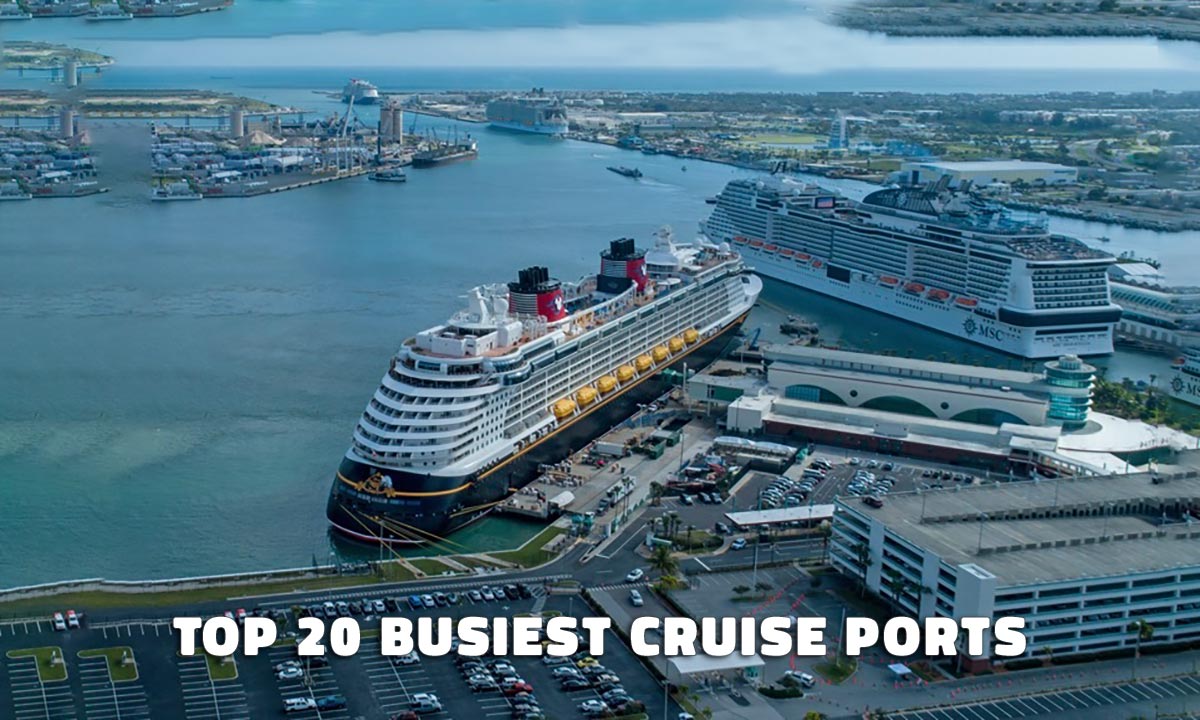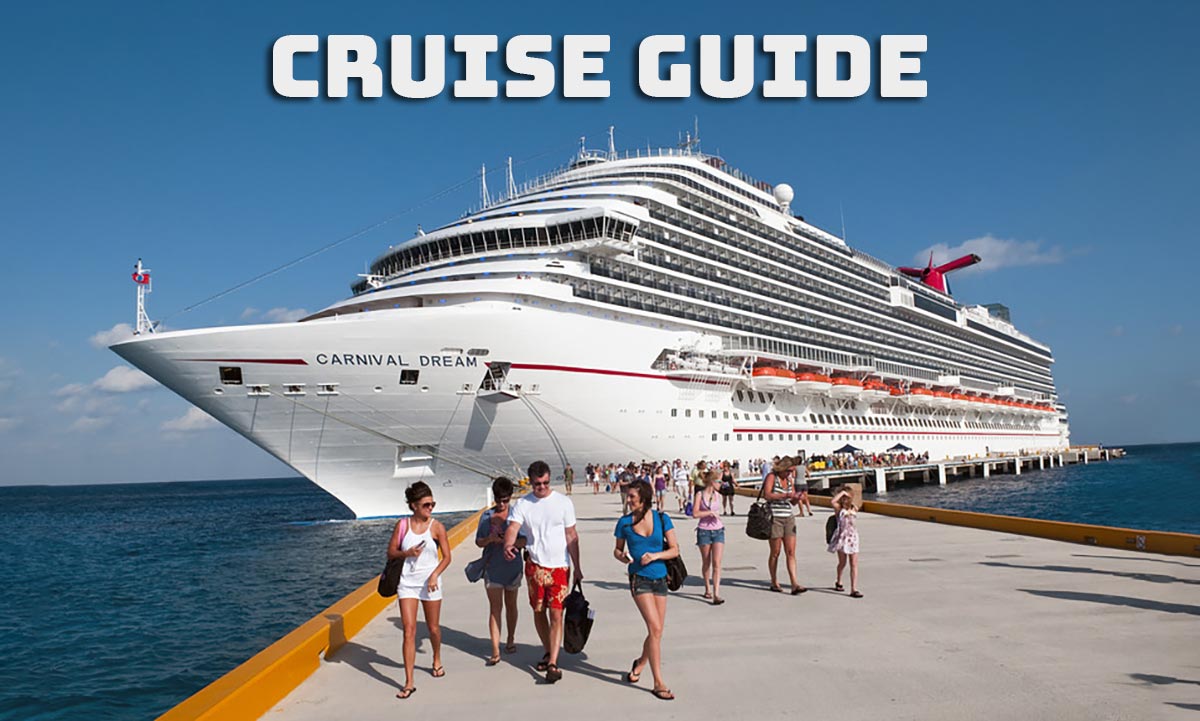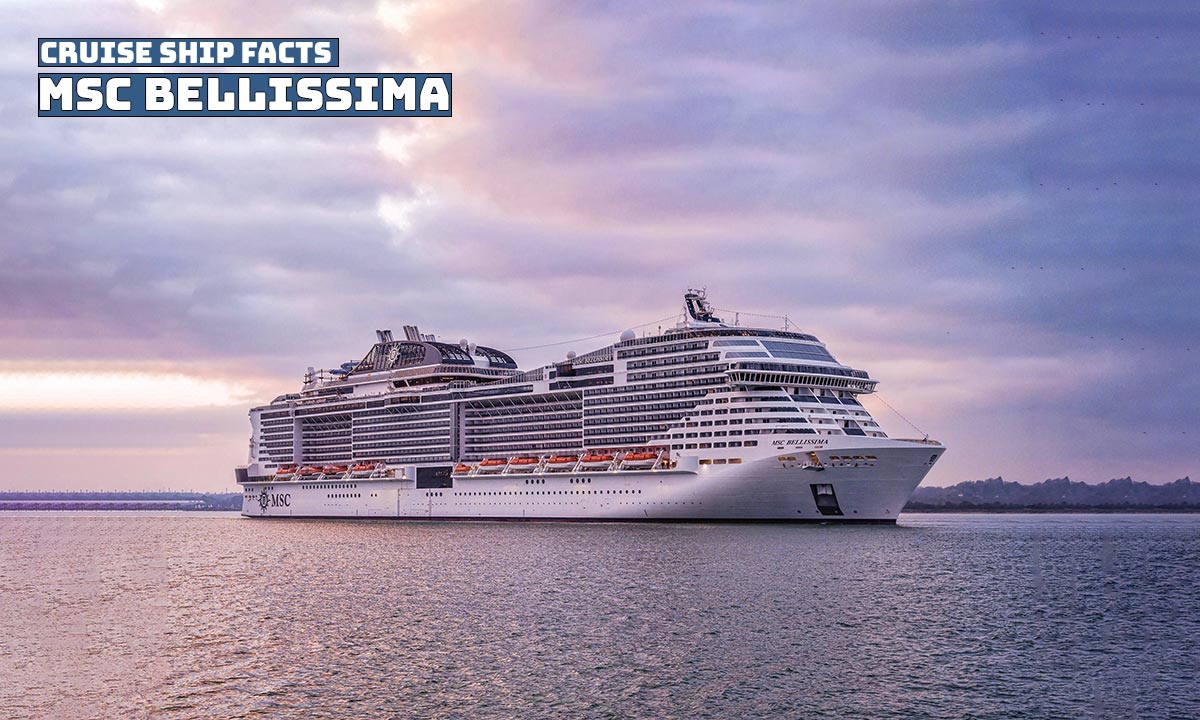1. Introduction
In the vast expanses of oceans around the globe, modern cruise ships stand as testaments of human ingenuity and luxury. Towering higher than an 18-story building and stretching over three football fields long, these floating cities are breathtaking feats of engineering and design, accommodating more than 9,000 passengers at any one time – not simply modes of transport but destinations themselves with costs reaching 1.5 billion dollars for some projects alone! However, beyond such costs lies an unparalleled world of opulence and grandeur, unlike anything we’ve experienced in any previous lifetime! in this article, we will see Cruise Ship Insights and look in detail at Design, Safety, Entertainment and Dining features.
Planning and Designing: Before the first steel plate is laid or the first cabin is designed, there’s an extensive process of planning and designing. Every cruise ship starts as a vision, a dream of creating the next big thing on water. This vision undergoes numerous iterations, taking into account passenger needs, safety regulations, and the latest in maritime technology.
Building and Launching: Constructing a cruise ship is no small feat. It can take anywhere from 12 to 18 months for such a marvel to come to life. The shipyards, buzzing with activity, become the birthplace of these floating cities. Each ship is built in stages, often in different locations, only to be assembled like a grand jigsaw puzzle. From the steel hull plates to the luxurious cabins, every part is crafted with precision.
Role of Shipyards: Shipyards are the unsung heroes in the story of cruise ships. They are where the magic happens. Once the order for a new ship is placed, and the design approved, shipyards swing into action. These vast areas, equipped with the latest machinery and a skilled workforce, handle the mammoth task of bringing a cruise ship to life.
Subcontractors and Suppliers: Building a cruise ship is a collaborative effort. Often, up to 500 subcontractors and suppliers are involved, contributing over 1.5 million manpower hours. From the interiors of the cabins to the state-of-the-art navigation systems, subcontractors and suppliers play a crucial role in ensuring that every part of the ship is nothing short of perfect.
3. Powering the Giants
The Heartbeat – Engines: At the heart of every cruise ship lies its engine, the powerhouse that propels these giants across oceans. Given the size and weight of modern cruise ships, there’s a pressing need for powerful engines. Some of the larger vessels are equipped with five or six engines, all housed in one massive engine room.
Traditional Diesel Engines: The most traditional type of engine found on cruise ships is the diesel engine. These engines fuel the ship’s crankshaft and pistons, which in turn power the propellers. It’s this intricate dance between the engine and the propellers that allows cruise ships to glide effortlessly on the water.
The Role of Propellers: Propellers are the unsung heroes of maritime travel. On cruise ships, they are massive, with the largest ones standing up to 20 feet tall. These propellers, often numbering three on a ship, can spin at a dizzying 250 revolutions per minute. This allows the ship to reach impressive speeds, cutting through water with grace and power.
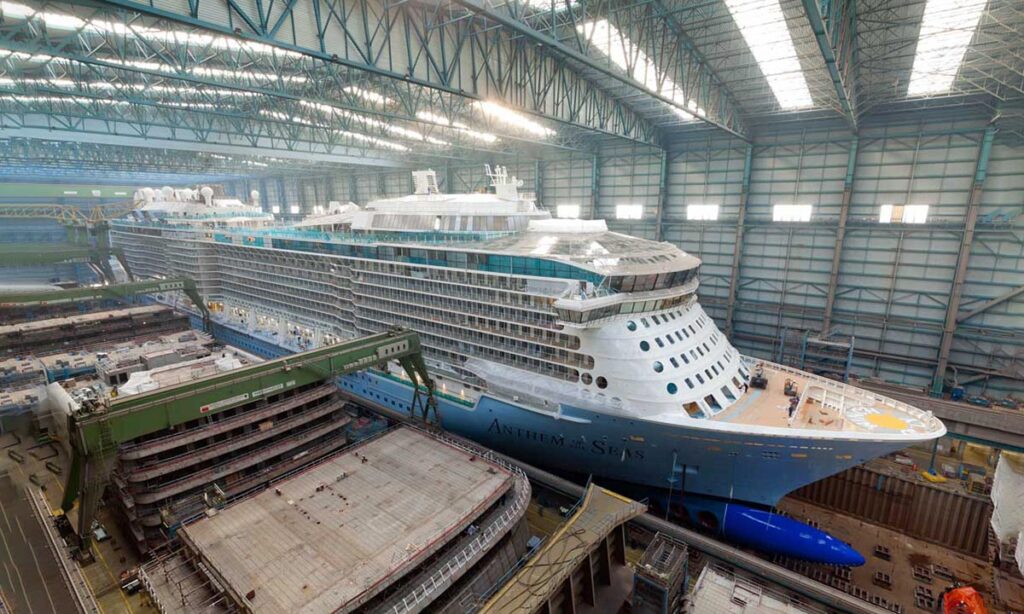
4. Comparing the Titans
The world of cruise ships is vast and varied, with each ship boasting its own unique features and specifications. From the “Wonder of the Seas,” considered the largest cruise ship in service with a length of 1,187 feet and a capacity to accommodate up to 6,988 passengers, to the yet-to-be-launched “Icon of the Seas,” the industry is replete with marvels.
Icon of the Seas: As the name suggests, this ship is set to be truly iconic. Towering at a height of 1,198 feet, it promises to redefine luxury on the seas. With the capacity to accommodate over 7,600 passengers and nearly 10,000 people including the crew, it’s a floating city in its own right. Beyond its size, the “Icon of the Seas” is a testament to innovation and luxury. Boasting the largest water park at sea, modern pools, an aqua theatre, a swim-up bar with an infinity pool, and giant floor-to-ceiling windows, passengers are promised a view and experience like no other. With prices ranging from a thousand to a lavish $5,392 for a suite, it promises to be a journey worth every penny.
5. The Cost of Luxury
Building these floating palaces is an expensive endeavour. Some of the modern cruise ships today have construction costs exceeding one billion dollars. But the expenses don’t stop at construction. The onboard amenities, from lavish dining options to state-of-the-art entertainment facilities, add significantly to the cost.
Luxurious Amenities: Consider the “Allure of the Sea,” which, at the time of its launch in 2009, was the largest passenger ship. With a construction cost of around 1.4 billion dollars, it features a two-deck dance hall, an ice-skating rink, 25 dining options, and a theatre with a seating capacity of 1,380. Such amenities not only elevate the passenger experience but also contribute to the overall cost of the ship.
Ticket Pricing: Cruising is synonymous with luxury, and this luxury comes at a price. Depending on the ship, the route, and the amenities offered, a cruise ticket can range from $25,000 to over a million dollars. The most opulent of these is the “Seven Seas Explorer,” priced at a staggering 1.3 million dollars for a journey that spans 123 days, averaging around $9,398 a day. This includes luxury hotel stays in cities like Sydney and Tokyo and private tours in these cities.
6. Life Aboard for Crew Members
Behind the scenes of the glitz and glamour of cruise ships is a dedicated crew that works tirelessly to ensure passengers have the experience of a lifetime. Living and working on a cruise ship, however, is a unique experience with its own set of challenges and rewards.
Living Conditions: Crew cabins are often smaller than passenger cabins, with many crew members sharing a room equipped with bunk beds. Those in higher positions might enjoy slightly better accommodations, but space is always at a premium.
Work and Responsibilities: The crew is responsible for the smooth functioning of the ship. From ensuring the dining areas are spotless to entertaining guests with performances, their roles are diverse and demanding. Typically, crew members work 12 to 14-hour shifts, seven days a week. It’s a testament to their dedication and passion for their roles.
Rewards and Challenges: While the long hours and tight living conditions can be challenging, working on a cruise ship also offers unique rewards. Crew members get to travel the world, meet people from diverse cultures, and often form close bonds with their colleagues. The experience, while demanding, is also enriching.
7. The Culinary Feat
Planning and Dining: One of the highlights of any cruise experience is the culinary journey passengers embark upon. Behind the scenes, there’s a meticulous process of planning and preparation. Cruise ships, especially the larger ones, have multiple dining venues, each catering to different cuisines and tastes. From lavish buffets to speciality à la carte restaurants, the options are endless.
Predicting Tastes: Before the cruise even sets sail, there’s an extensive process of predicting passenger tastes. By analyzing dining patterns from previous journeys and keeping abreast of global culinary trends, cruise companies ensure they stock up on the right ingredients and design menus that will delight their passengers.
Restocking and Continuity: Given the length of some cruises, restocking becomes essential. If a ship runs short of certain ingredients, it can restock at docked ports. In some cases, another ship might even deliver the required items if the cruise isn’t scheduled to dock soon. This ensures that the dining experience remains uninterrupted and of the highest quality throughout the journey.
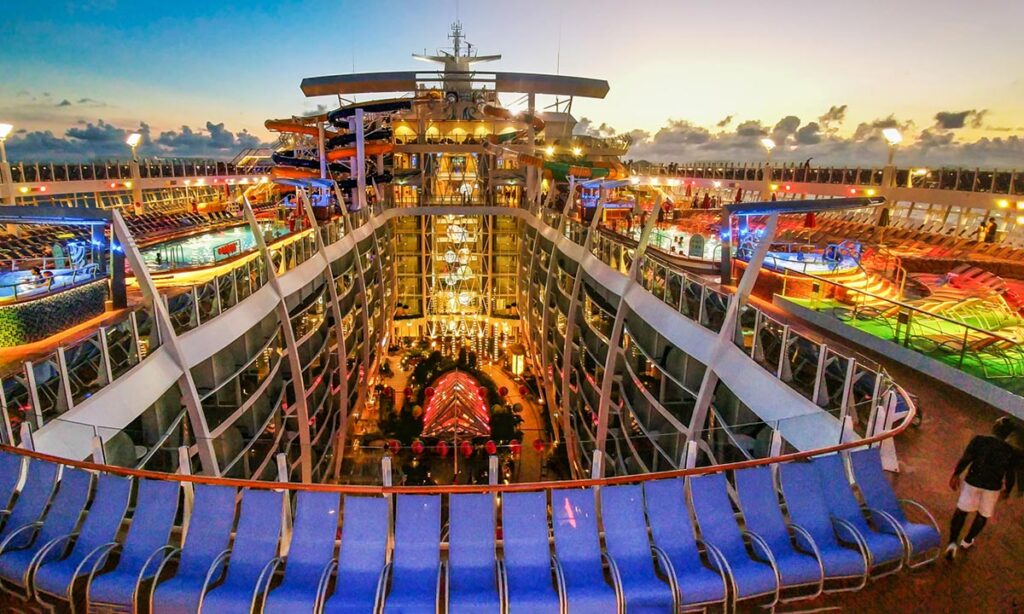
8. Safety on the Seas
Modern Safety Features: Cruise ships today are equipped with state-of-the-art safety features. From advanced navigation systems to fire suppression mechanisms, every aspect of passenger safety is considered. Regular drills ensure that both crew and passengers are prepared for emergencies.
Accidents and Preparedness: While rare, accidents can happen. Over the past century, only 22 cruise ships have sunk. However, the industry has learned from each incident, continually updating safety protocols and technologies. In the event of an emergency, modern cruise ships have lifeboats, rafts, and other evacuation methods to ensure the safety of everyone on board.
Handling the Inevitable: Death is a part of life, and on longer cruises, especially those with older passengers, it’s a possibility that must be prepared for. Every cruise ship is equipped with a morgue to handle such situations. When someone passes away on board, the body is kept in the morgue until it can be disembarked at the next major port. The crew is trained to handle these situations with sensitivity, ensuring the deceased is treated with respect and their loved ones are supported.
Conclusion
Cruise ships are marvels of modern engineering and luxury, providing passengers with an unforgettable experience from culinary delicacies to entertainment options that rival those found elsewhere. Additionally, dedicated crew ensure each journey goes off without a hitch – the promise of new horizons draws people in while safety, luxury and impeccable service keep them coming back for more – whether experienced cruisers or those contemplating their maiden voyage – travelling aboard one of these titans of the sea is something truly exceptional that is unlike anything else you will experience elsewhere!
Related Post: Cruise Guide Tips and Tricks



